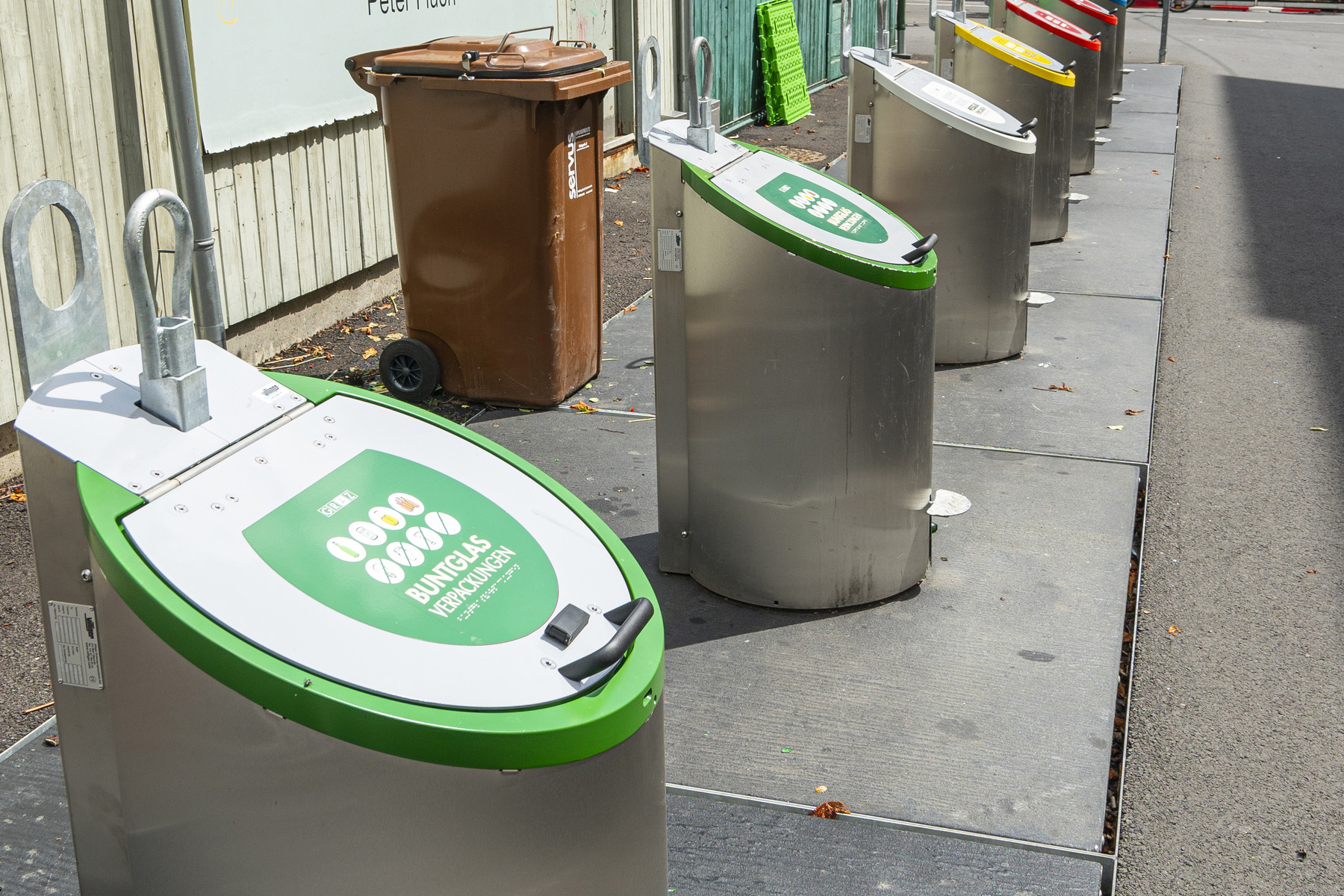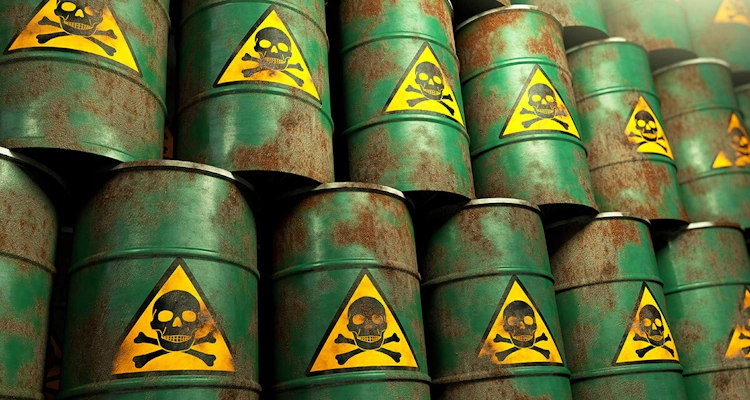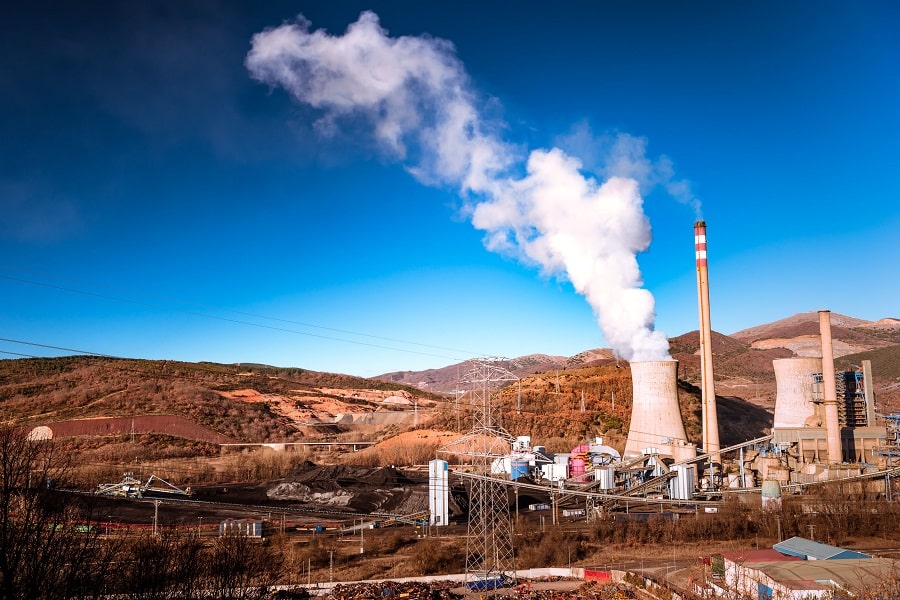Recycling, in a nutshell, is the process of reusing and repurposing waste materials. The collecting, sorting, and processing or production of new products are the basic processes of recycling. It’s possible to recycle a wide range of items from metal waste to paper to plastics and glass bottles. For the majority of manufacturing companies, recovered waste products can be used as a substitute for the raw materials they require. Solid trash disposed in landfills is becoming increasingly expensive to remove, and recycling helps to keep that cost down by reducing the amount of waste generated. Poor waste disposal results in pollution of the air, water, and land, which can be reduced by recycling.
What Exactly Is “Smart Waste Management? “
Environmentally friendly trash disposal practises are referred to as “smart” waste management. It’s the finest technique to get rid of trash. The collecting and disposal of garbage in a “smart” manner is just a highly modified & advanced technology. The system is complex and includes recycling and correct disposal of garbage.
Effective Waste Management Requires Recycling
It’s impossible to overstate the importance of recycling when it comes to environmentally friendly garbage disposal. Several materials that, when burned, would disintegrate into harmful greenhouse gases or take years to biodegrade at all can instead be transformed into new, more useful materials. A few examples of this type of content are as follows:
Rubber: Historically, the primary method of reusing old rubber was burning it. Most countries have banned this technique to reduce pollution. Rubber factories use internal recycling primarily. Products that don’t require the highest quality rubber can make use of the recycled material. Children’s playground equipment can be constructed from recycled tyres, and shredded rubber is useful as an ingredient in asphalt pavements.

Among the most prevalent waste materials is paper. In landfills, it accounts for further than a third of total waste. Newspaper, office paper, computer paper, colourful paper, paper tissues & towels, boxboard (cereal as well as other small boxes), curved cardboards, etc. are the most common sources of waste paper. – Paper and cardboard could be repulped and turned into the same products. Low-quality materials such as boxboards, newspaper tissues, and towels are made from scrap paper that would otherwise go to waste. Cellulose insulation or other building products can be created from smaller amounts of recycled paper.
Six percent of municipal garbage is made up of glass. Recycled glass is fairly simple to find new uses for. There are a lot of glass containers in use around the world, yet a lot of them are not recycled. When recycling glass, one of the most difficult aspects is isolating it from other recyclables.
By weight, plastics make up around 10% municipal garbage in the United States. Is remeltable and can be used to create entirely new goods.
Recyclable metals, wood, and other materials can also be found.
Recycling’s Benefits
- Incineration and landfills are reduced as a result.
- It helps to conserve natural resources like timber and water.
- Pollution is prevented
- Among other things, it conserves energy.






